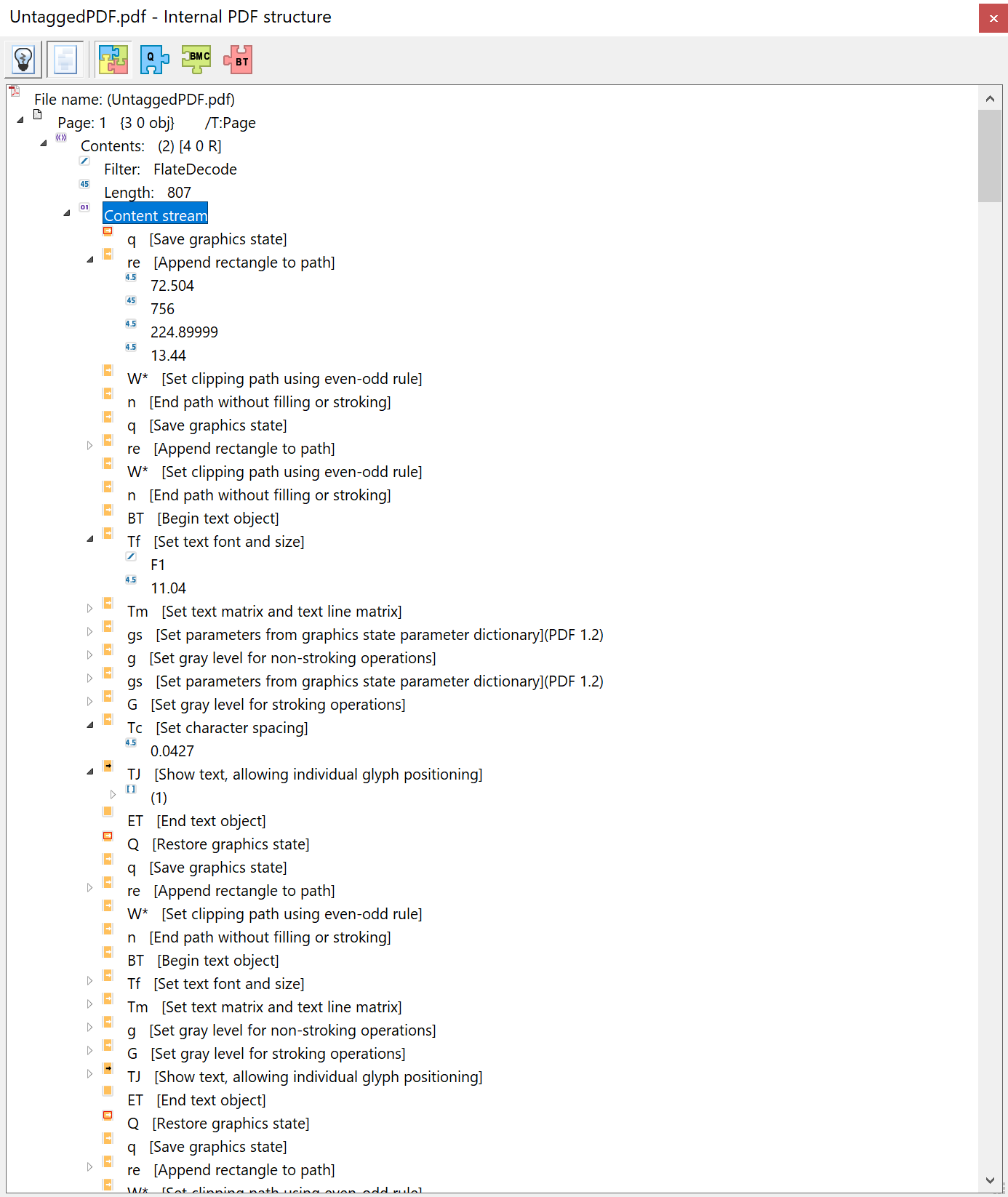

- #Creating linked table of contents in adobe acrobat pro dc how to
- #Creating linked table of contents in adobe acrobat pro dc pdf
- #Creating linked table of contents in adobe acrobat pro dc install
- #Creating linked table of contents in adobe acrobat pro dc download

Sign your form: Click “Sign” in the toolbar at the top of the page.Fill in your form: Complete form filling by clicking a text field and typing or adding a text box.Click the “Fill & Sign” tool in the right pane.SAPSprint or SAP GUI then automatically detect that SAPPDFPRINT is installed and print Interactive Forms on the selected printer.
#Creating linked table of contents in adobe acrobat pro dc install
You need to install SAPPDFPRINT either together with SAPSprint on a Microsoft Windows print server or together with SAP GUI on a front-end host. How do I know if Sappdfprint is installed? If you have a reader for the SAP file, and if the reader can print the file, then you can convert the file to a PDF.
#Creating linked table of contents in adobe acrobat pro dc pdf
Just open the file with a reader, click the “print” button, choose the virtual PDF printer and click “print”.
#Creating linked table of contents in adobe acrobat pro dc download

#Creating linked table of contents in adobe acrobat pro dc how to
Please read the homepage for the details on how to use this toolset. Save it as recipe.toml, and use the pdftocgen command to automatically generate an outline $ pdftocgen onlisp.pdf tocĪnd import it to the PDF file using pdftocio: $ pdftocio -o output.pdf onlisp.pdf < toc You could use the pdfxmeta tool to build a "recipe" file ] It uses the embedded font attributes and position information of headings to generate a table of contents automatically.įor example, for the PDF version Paul Graham's On Lisp, available for download on his website but comes without a table of contents. I wrote an open source command line toolset called pdf.tocgen just for doing this. (although Emacs's amazing PDF-tools and Zathura are my favorite PDF editor and viewer respectively).

It works well under wine.Īlthough not related to the question, I just would like to add that at the moment PDF X-Change viewer appears to me to be the most powerful PDF editor/viewer on linux. If these options do not work, then I would also like to recommend PDF-XChange Viewer as a very powerful bookmark/contents extractor (selected text can be easily added to the bookmarks). However, I would suggest you try the python script called document-contents-extractor to extract the contents. (Not enough reputation points to comment) Like the answer by Patrick Bourdon, I would also recommend HandyOutliner ( ). In case this package's functionality is not sufficient or using Emacs is no option then the remaining part of this answer remains valid. It includes options to extract the TOC via OCR. Using this package becomes even easier with the toc-mode package for (Spac)Emacs described next.įor all other PDF and DJVU documents there is a new package called toc-mode for Emacs, which in my opinion provides the easiest way to add Table of Contents to documents (for linux and possibly also for different OS's). PDF's not created from scans, I recommend to use (and upvote the answer by Krasjet) pdf.tocgen.


 0 kommentar(er)
0 kommentar(er)
